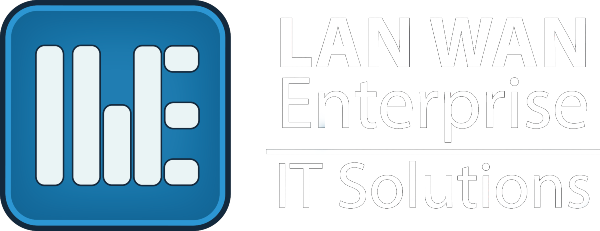7 Necessities for a Remote Workforce
Due to the COVID-19 outbreak, many companies are considering work from home options to facilitate social-distancing and keep their workforce healthy. However, it’s not as simple as sending your employees home, firing up personal laptops and getting back to work. Here are seven things you need to have lined up in order to successfully deploy your remote workforce.
1. Secure Remote Access:
Employees should not have open access to everything on their work systems from their personal computers. This keeps company data protected. In order to be productive through this pandemic, however, employers will need to provide a secure connection utilizing VPN or remote access software. These solutions will mirror the employee’s work desktop without housing all of the data on the individual’s personal system, allowing them to seamlessly continue work.
2. File Sharing Capabilities:
While people will be working in isolation, they must still be able to collaborate. File sharing/group editing software will be critical to moving forward creative or documentation projects through real-time editing, commenting, and versioning. Software like Dropbox for Business, Microsoft Teams/Sharepoint or Google Documents fill this need securely.
3. Enterprise Level Antivirus:
Basic home-level antivirus is not sufficient, particularly in secured industries. Extend your enterprise-level antivirus to home systems that will be accessing your network to create an added layer of protection. You may also consider deploying firewalls on top of individual’s home networks to create the same secure connection employees experience in your office.
4. Video Conferencing:
Meetings must go on while people work remote; however, voice-only leaves much to be desired in terms of tone and context. We highly recommend putting in place video conferencing options. You can implement something as simple as Google Duo/FaceTime, or something more feature intensive, like Zoom or GoTo Meeting.
5. Messaging Software:
You can’t just spin your chair around to talk to your co-worker when working remote, yet it’s not efficient to always pick up the phone. We recommend implementing a messaging software like Microsoft Teams or Slack to open communication channels and allow employees to continue to interact quickly and accurately. Utilizing these tools, you can set up one-on-one conversations or set up channels to facilitate team communication.
6. Phone:
A strong VoIP solution will allow employees to take their phone numbers remote to their cellphones without giving out their cellphone numbers. Office calls will transfer seamlessly to the employee’s cellphones, voice mails will be sent via email, and the employee can dial-out using a phone application to maintain office functionality.
7. Remote Access Policy:
Prior to providing access to your employees, put in place a clear access policy that acknowledges that your company monitors whatever they do while connected. Employees should be encouraged to act as if they are on site even while working remote and reminded that punishments for doing something illegal/against company policy will apply.
Click here for tips on staying productive while working from home.
The COVID-19 situation is ever-changing. Schools across the nation have been closed and events have been cancelled. While it may make sense to keep your employees on-site for now, we believe it’s important to have a plan should you need to close your physical offices. Getting these seven pieces of the puzzle in line will prepare you to take your workforce remote. For assistance implementing these things, contact us.






